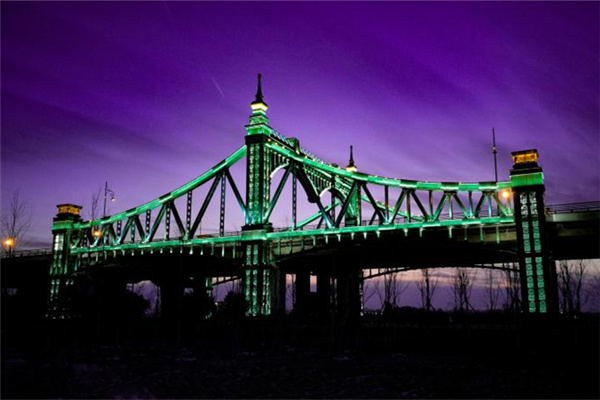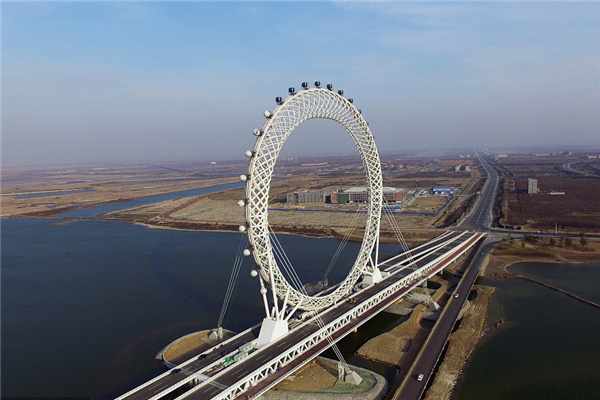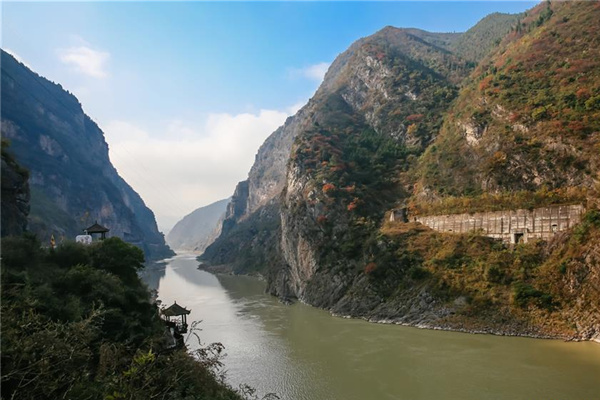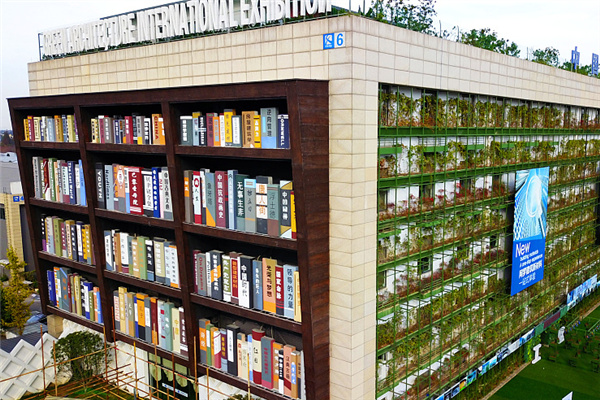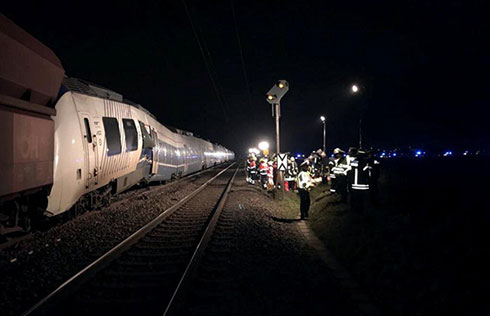


Hoping to avoid the "skyscraper curse," China's cities continue to reach for the sky.
While most of the world's major construction projects have been put on hold, new skyscrapers are under construction in Beijing, Shanghai, Shenzhen, and several smaller cities, defying the global economic slowdown.
Developers believe China will prove to be an exception to the "skyscraper index" - popularly known as the "skyscraper curse" - proposed by financial analyst Andrew Lawrence. In 1999, Lawrence noted that major financial crises often follow the construction of record-breaking skyscrapers.
Examples include the Empire State Building in New York City, preceding the Great Depression of the 1930s, and the Petronas Twin Towers in Kuala Lumpur, Malaysia, just before the1997 financial crisis in Southeast Asia.
But government financing, backed by Beijing's ambitious $586 billion stimulus plan, insures that the breakneck pace of development in China's cities will continue.
In Shanghai, a $2.2 billion, 632-meter tower is currently under construction. When it is completed in 2014, the Shanghai Center will be China's tallest building, edging out Taipei 101.
In Tianjin, the 600-meter Goldin Finance 117 is under construction; it, too, is expected to be completed in 2014.
In Shenzhen, Ping An Insurance, China's second largest insurer, is planning a new skyscraper, also to be completed in 2014. The company denies that its new headquarters will be China's tallest building, but says it will be the tallest building in Shenzhen.
Beijing is also reaching new heights, as construction of the 330-meter China World Trade Center Tower 3 is expected to be completed soon.
The race to build the tallest building is even fiercer in some of China's second-tier cities, as these cities race to modernize. Nanjing, the capital of Jiangsu province, is building a 450-meter tower, while Chongqing hopes to break that record with the tallest skyscraper in western China, a 455-meter international commerce center, to be completed in 2015.
Taipei 101 is currently the world's tallest building, at 509 meters. At least 10 taller buildings have been proposed or are under construction, but many of these are currently on hold, including the 1000-meter Nakheel Tower in Dubai.
China's skyscraper boom parallels the country's high-speed economic growth and urbanization in the past few decades. By 2025 China will have 221 cities with more than a million inhabitants, according to a report by McKinsey and Co., a global management consulting firm.
Unlike projects such as Dubai's Burj building that has come to a halt due to financing difficulties, key construction projects in China are generally government funded. Property developers do not have to worry about financing or about finding tenants once the building is complete.
A study by the US-based Council on Tall Buildings and Urban Habitat (CTBUH) found that six of the world's 10 tallest buildings completed in 2008 are located in China. The 492-meter Shanghai World Financial Centre tops the list as the world's tallest building completed in 2008.
China's building boom means lucrative business opportunities for industrial and construction companies.
McKinsey predicts that China will build up to 50,000 skyscrapers in the next 20 years, the equivalent of 10 New Yorks. For companies such as Rio Tinto, the London-based coal mining company, this means long-term demand for steel and other raw materials.
But the recent fire at China's Central Television (CCTV) headquarters in Beijing, caused by fireworks during the Spring Festival holiday, has raised concerns over safety and environmental sustainability, and has made some city planners rethink the race to build the tallest and most unique skyscraper.
In some cities, skyscrapers are often the result of an "edifice complex" on the part of local officials, who want to construct iconic buildings as proof of economic power and achievement. After completion, some of these buildings have turned into white elephants whose cost far exceeds their revenues.
The $1.2 billion Shanghai World Financial Centre may fall into this category, as demand for office and residential space is slowing down amid fears that China's over-heated property market is facing a downturn.
Some architectural experts are calling for limits on the height of skyscrapers and more emphasis on environmental compatibility and sustainability.
"It is much more costly to build a 200-meter building than two 100-meter buildings because construction costs rise sharply with the ever-increasing height of the building," said Zhao Zhijing, a member of the China City Planning Association.
The daily maintenance cost of skyscrapers is huge and in some cities the buildings are often half-empty because few tenants can afford the rent, Zhao said.
Land is scarce in China but not to the point that we have to build supertall buildings, he added.
Environmental sustainability is becoming increasingly important in real estate and city planning in China.
Guangzhou is now building China's first zero-energy skyscraper, called the Pearl River Tower. The 71-story building, which will rely solely on wind and sunlight for its power, is expected to be completed this year.
In Shanghai, city planners are developing China's first eco-city on Chongming Island. The island will feature a mix of housing, retail shopping, organic farming, restored wetlands, and a light rail system. Planners hope it will serve as a model for future development and ease the environmental burden imposed by China's rapid economic growth.
(China Daily 03/16/2009 page6)
